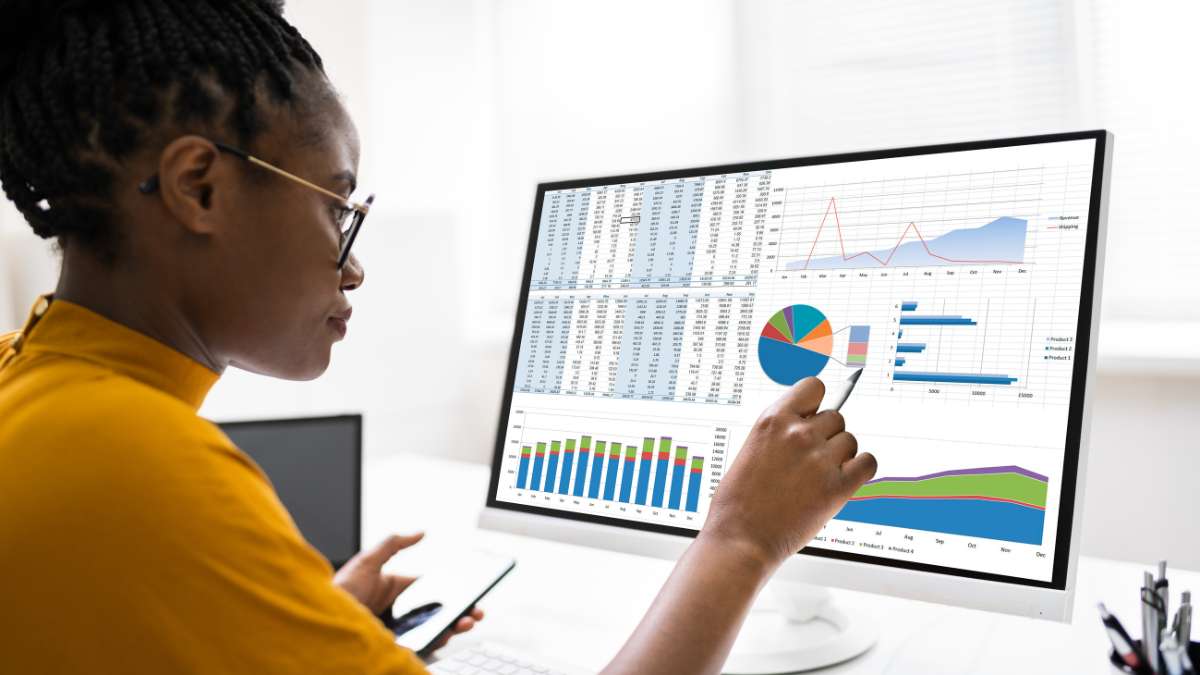Introduction
In this data-driven world, data analysts are the lifeblood of any organization. They’re the wizards who uncover valuable insights and help decision-makers navigate the murky waters of the information age. As a data analyst, it’s essential to keep up with the latest and greatest tools that’ll make your job a breeze. So, without further ado, let’s dive into the 7 must-have tools for data analysts in 2023 that’ll keep you ahead of the curve.
- 1. RapidMiner: Your One-Stop-Shop for Data Analysis
- 2. Tableau: Visualize and Explore Your Data Like Never Before
- 3. Python: The Swiss Army Knife of Programming Languages
- 4. R: The Statistician's Secret Weapon
- 5. Microsoft Power BI: Analyze, Visualize, and Share Your Insights
- 6. SQL: The Time-Tested Query Language
- 7. Jupyter Notebook: The Ultimate Playground for Data Analysts
- Frequently Asked Questions
- Conclusion
1. RapidMiner: Your One-Stop-Shop for Data Analysis
RapidMiner© is the Swiss army knife of data analysis. This nifty tool offers a comprehensive suite of data preprocessing, machine learning, and visualization features, making it a go-to choice for data analysts in 2023.
Why RapidMiner?
- User-friendly interface: RapidMiner’s intuitive drag-and-drop interface makes it a piece of cake for analysts of all skill levels.
- Versatile and extensible: With a library of over 1,500 algorithms, RapidMiner caters to a wide range of analytical needs, while its open-source nature allows for easy customization.
- Collaboration made easy: RapidMiner’s collaboration features enable data analysts to work together seamlessly, streamlining the analytical process.
2. Tableau: Visualize and Explore Your Data Like Never Before
Tableau is the Picasso of data visualization tools, enabling data analysts to create stunning and interactive visual representations of their data.
Why Tableau?
- Gorgeous visualizations: Tableau’s powerful graphics engine lets you create eye-catching visuals that help convey complex insights effortlessly.
- Interactive dashboards: Tableau’s interactive dashboards allow users to explore their data in real-time, fostering a deeper understanding of the underlying patterns and trends.
- Seamless integration: Tableau integrates with a plethora of data sources, making it an indispensable tool in the data analyst’s arsenal.
3. Python: The Swiss Army Knife of Programming Languages
Python is the go-to programming language for data analysts in 2023, boasting a wealth of libraries and tools that cater to their every whim.
Why Python?
- Versatility: Python’s extensive libraries, such as NumPy, pandas, and scikit-learn, make it perfect for data preprocessing, analysis, and machine learning.
- Readability: Python’s clean and straightforward syntax ensures that your code is easy to read and maintain.
- Booming community: Python’s ever-growing community means there’s always someone to lend a helping hand or share a nifty trick.
4. R: The Statistician’s Secret Weapon
R is a powerful statistical programming language tailor-made for data analysts who need to perform advanced statistical analyses.
Why R?
- Comprehensive statistical capabilities: R’s extensive range of packages makes it a powerhouse for statistical analysis, from linear regression to complex Bayesian models.
- Superior graphics: R’s ggplot2 package offers unparalleled data visualization capabilities, enabling analysts to create stunning and informative graphics.
- Active community: R’s vibrant community of statisticians and data scientists ensures you’re never left in the lurch when you need help.
5. Microsoft Power BI: Analyze, Visualize, and Share Your Insights
Microsoft Power BI© is an all-in-one business intelligence tool that empowers data analysts to analyze, visualize, and share their findings across the organization.
Why Power BI?
- Easy data exploration: Power BI’s intuitive interface makes it a snap for data analysts to explore and analyze their data.
- Stunning visualizations: With a plethora of visualization options, Power BI helps analysts create interactive and visually appealing reports.
- Seamless integration: Power BI’s compatibility with various data sources and Microsoft products ensures that it fits snugly into any data analyst’s workflow.
6. SQL: The Time-Tested Query Language
Structured Query Language (SQL) is the lingua franca of data analysts, allowing them to easily communicate with databases, extract valuable insights, and manipulate data.
Why SQL?
- Universality: SQL is supported by virtually all relational database management systems (RDBMS), making it a must-know for data analysts.
- Powerful querying capabilities: SQL’s robust querying capabilities enable analysts to extract, filter, and aggregate data with surgical precision.
- Easy to learn: SQL’s simple syntax and structured nature make it easy for data analysts to pick up and master.
7. Jupyter Notebook: The Ultimate Playground for Data Analysts
Jupyter Notebook is a web-based interactive computing environment that lets data analysts combine code, visuals, and narrative in a single document.
Why Jupyter Notebook?
- Interactive computing: Jupyter Notebook’s interactive nature promotes experimentation and exploration, making it an ideal environment for data analysis.
- Language agnostic: Jupyter Notebook supports various programming languages, including Python and R, allowing data analysts to work with their preferred tools.
- Shareable and reproducible: Jupyter Notebooks can be easily shared and reproduced, promoting collaboration and knowledge transfer among analysts.
Frequently Asked Questions
- How do I choose the right tool for my needs as a data analyst in 2023?
- Consider the specific tasks you’ll be performing, your level of expertise, and your preferred programming language. Experiment with various tools to find the ones that best fit your workflow and requirements.
- Are there any free or open-source alternatives to these tools?
- Absolutely! Many of these tools, such as Python, R, and Jupyter Notebook, are open-source and free to use. Additionally, some tools like RapidMiner and Tableau offer free versions with limited features.
- Can I use more than one of the 7 must-have tools for data analysts in 2023 in my workflow?
- Of course! These tools are designed to complement each other and can be used in tandem to create a powerful and efficient data analysis pipeline.
Conclusion
In the fast-paced world of data analytics, staying up-to-date with the latest tools is crucial to staying ahead of the game.
The 7 must-have tools for data analysts in 2023 outlined in this article will help you elevate your analytical prowess, streamline your workflow, and confidently make data-driven decisions. So go ahead, explore these tools, and unlock the full potential of your data!







Leave a Reply